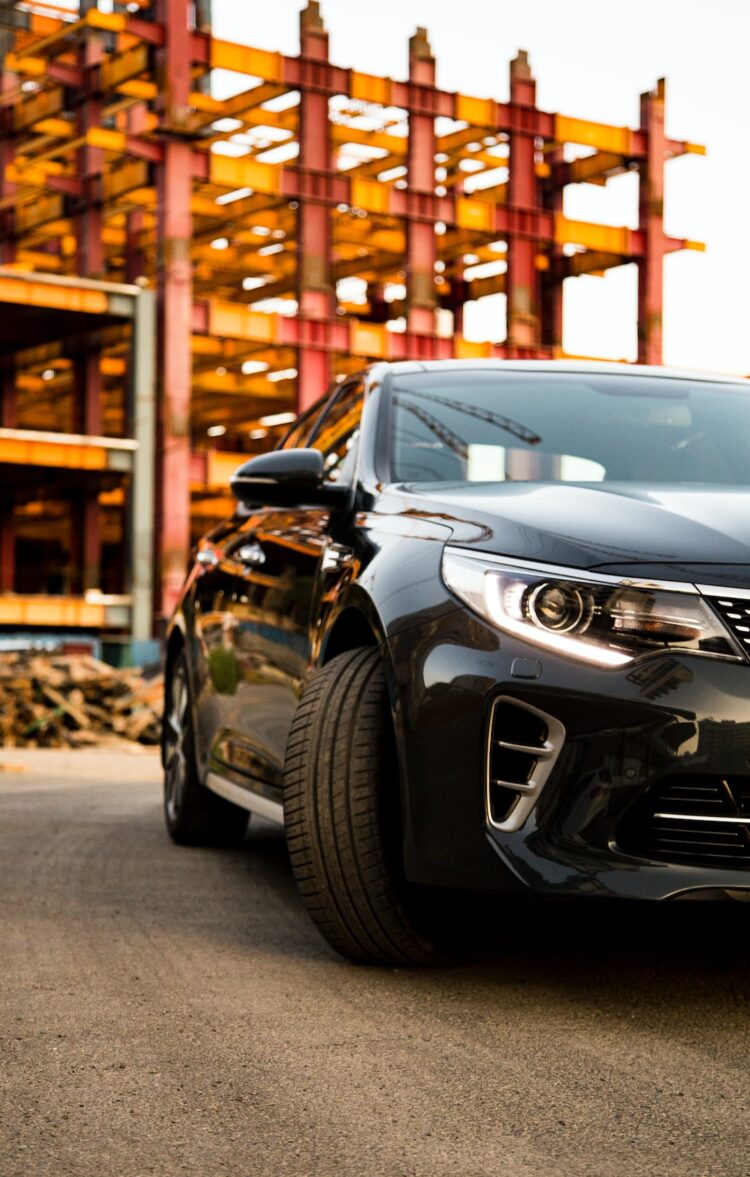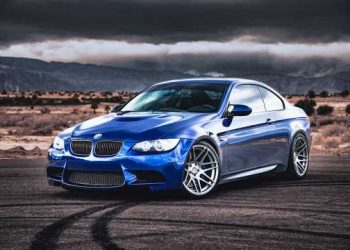The Evolution of Car Design: From Classic to Modern
The automobile industry has undoubtedly come a long way since the invention of the first car by Karl Benz in 1885. Over the years, car designs have evolved significantly, reflecting the changing times, trends, and advancements in technology. From classic designs that exuded elegance and opulence to the sleek and futuristic modern creations, the evolution of car design is a fascinating journey to behold.
In the early days of the automobile, cars were crafted with an emphasis on functionality rather than aesthetics. The primary goal was to achieve a reliable and efficient mode of transportation. However, as the popularity of cars grew, manufacturers began to realize the importance of incorporating style and elegance into their designs. This marked the beginning of the classic era of car design.
During the classic era, which spanned from the 1920s to the 1950s, cars were characterized by their luxurious and extravagant designs. The glamorous and curvaceous bodies, combined with intricate detailing, defined this era’s car design. Vehicles like the Cadillac Eldorado, Ford Thunderbird, and Chevrolet Bel Air became symbols of status and wealth, reflecting the opulent lifestyle of the time.
One defining feature of classic car design is the use of chrome accents and decorative elements. The bright and shiny chrome trim could be found on the car’s exterior, including bumpers, grilles, and side panels. This added a touch of sophistication to the design, and the reflective properties of chrome often accentuated the car’s sleek lines.
Another notable characteristic of classic car design is the emphasis on large, round fenders. These fenders not only added to the visual appeal of the car but also served a practical purpose by protecting the wheels and tires from debris and splash. The presence of these fenders gave classic cars a muscular and robust appearance that distinguished them from modern vehicles.
Moving on from the classic era, the 1960s marked a pivotal period in car design. With the advent of technology and advancements in manufacturing techniques, car designers began exploring new possibilities and pushing the boundaries of design. This era witnessed the rise of the muscle car, known for its powerful engines and bold, aggressive designs.
Muscle cars like the Ford Mustang, Chevrolet Camaro, and Dodge Charger became popular among car enthusiasts, particularly the younger generation. These vehicles featured bold lines, muscular silhouettes, and a sense of urgency that reflected the rebellious spirit of the times. The emphasis was on power, speed, and raw performance.
As we entered the 21st century, car design took a turn towards the modern and futuristic. With the rise of electric and autonomous vehicles, there has been a significant shift in design priorities. The need for sustainability and energy efficiency has led to the development of streamlined and eco-friendly designs.
Modern car designs focus on aerodynamics, utilizing sleek, sloping lines and minimalistic details. Electric vehicles, in particular, deviate from the traditional design norms, as they don’t require an internal combustion engine, resulting in unique and innovative designs. Brands like Tesla have become synonymous with cutting-edge, futuristic car designs that prioritize both style and sustainability.
Additionally, the inclusion of advanced technology in modern cars has also impacted design choices. Touchscreens, digital instrument clusters, and seamless connectivity are now commonplace in modern vehicles. These technological advancements have influenced the interior layout, resulting in minimalist and ergonomic designs that prioritize driver comfort and convenience.
In conclusion, the evolution of car design has been a fascinating journey from the classic era of opulence and extravagance to the modern era of sleek, futuristic designs. From the chrome accents and large fenders of classic cars to the aerodynamic and sustainable designs of modern vehicles, car design has continuously evolved to meet changing consumer preferences, technological advancements, and environmental considerations. With each passing era, car designs have not only reflected the times but have also shaped the way we perceive and interact with automobiles.











